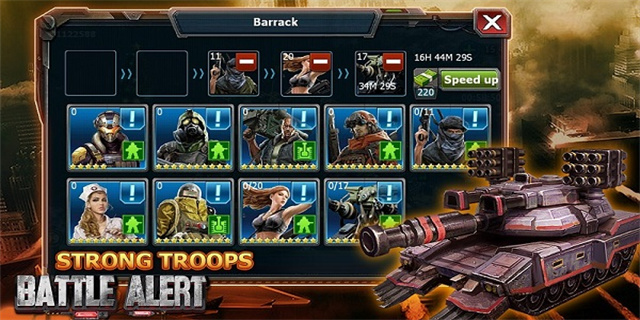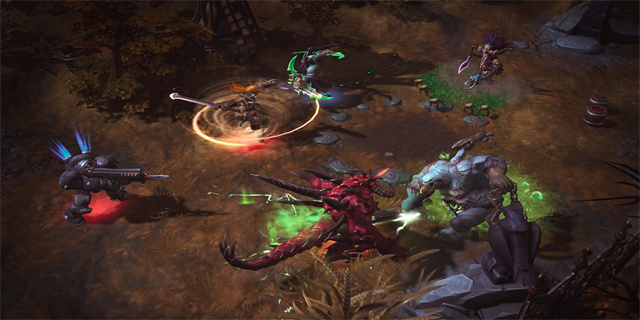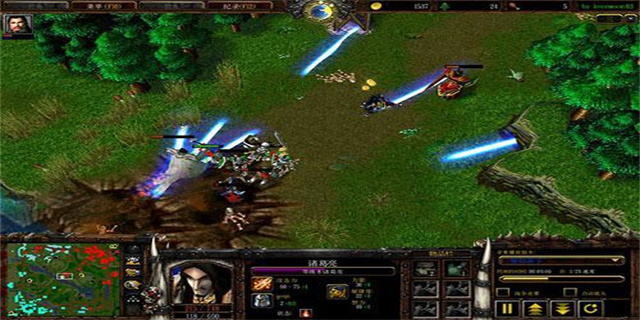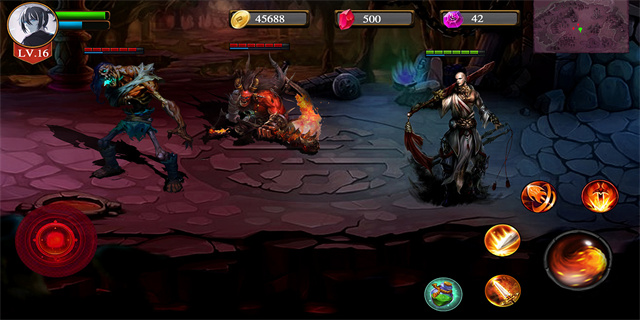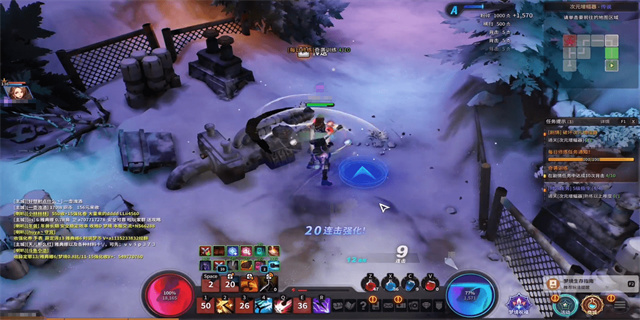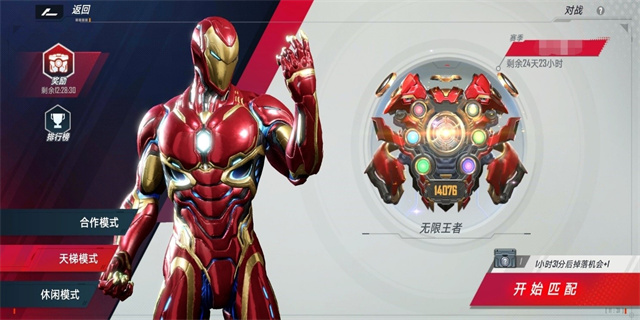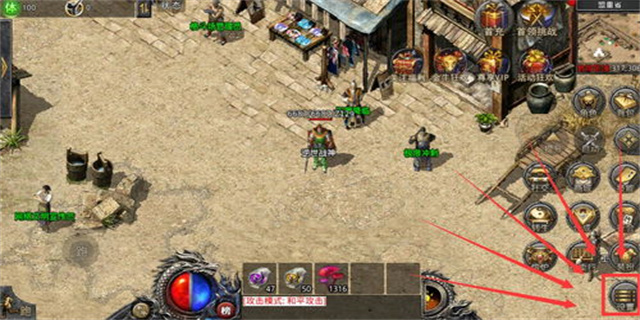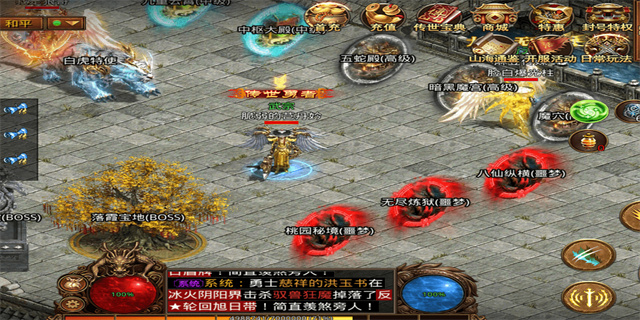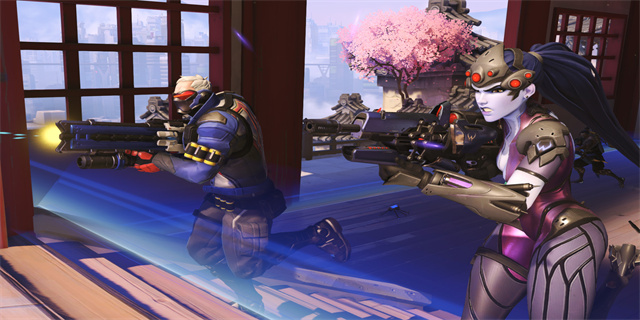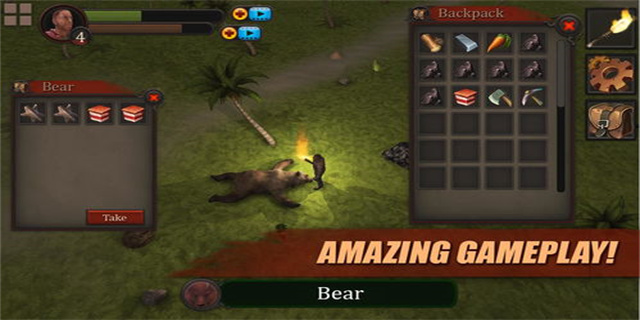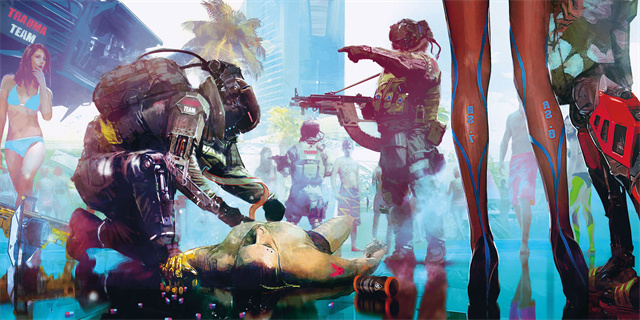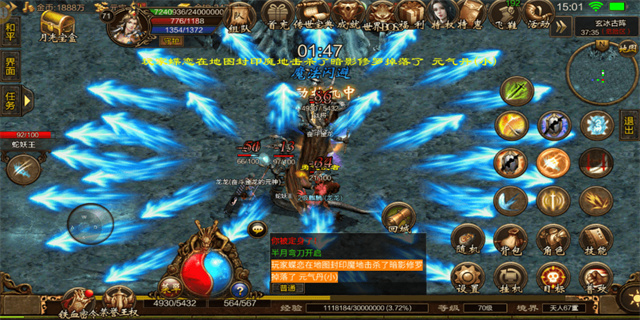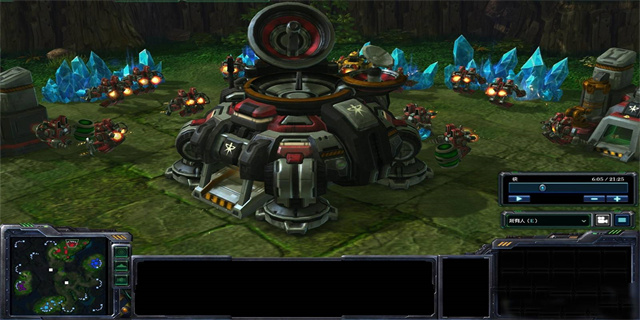yolo是什么意思(YOLO - A Game-Changer in Computer Vision)
YOLO - A Game-Changer in Computer Vision
Introduction: The Emergence of YOLO
With the rapid advancements in technology, computer vision has become an essential field that has applications in various industries, ranging from autonomous vehicles to surveillance systems. Over the years, several object detection algorithms have been developed, but one that stands out is YOLO (You Only Look Once). YOLO has revolutionized the field of computer vision by providing real-time object detection with remarkable accuracy. In this article, we will delve deeper into what exactly YOLO is and how it has transformed object detection.
Exploring YOLO: Understanding the Concept
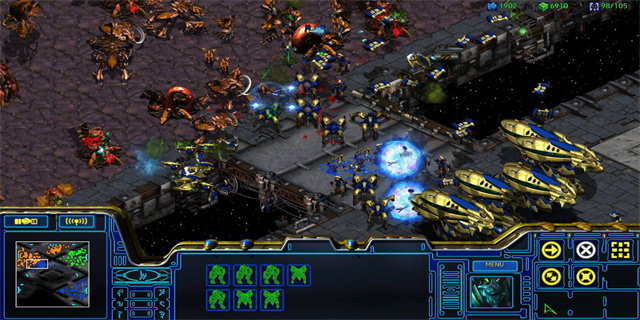
YOLO, an acronym for \"You Only Look Once,\" is an object detection algorithm developed by Joseph Redmon, along with his colleagues, in 2015. Unlike traditional object detection algorithms that use complex architectures with multiple stages, YOLO takes a completely different approach. It treats the problem of object detection as a regression problem, allowing it to detect objects in real-time with a single forward pass through the network.
The YOLO Workflow: How It Works

The YOLO algorithm divides the input image into a grid, usually referred to as the S x S grid. Each grid cell predicts multiple bounding boxes and their associated class probabilities. These bounding boxes, referred to as anchor boxes, represent potential objects present in the image. The class probabilities represent the likelihood of each object belonging to a particular class. By using a single neural network, YOLO is capable of simultaneously predicting multiple objects in an image.
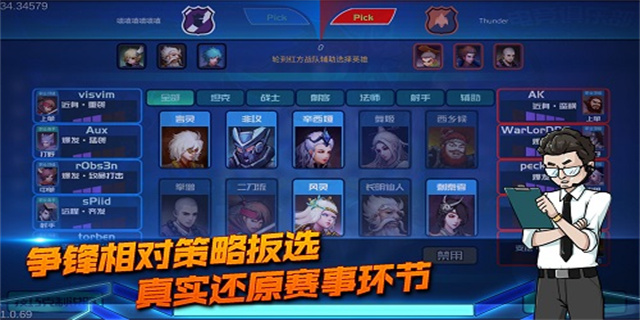
Advantages of YOLO: Real-Time Object Detection at Scale
One of the major advantages of YOLO is its ability to perform real-time object detection. Traditional object detection algorithms often struggle to achieve real-time performance due to their complex architectures and multiple stages involved. However, YOLO's simple architecture enables it to process images at an incredibly fast speed, allowing it to be used in applications that require real-time detection, such as autonomous vehicles and video surveillance systems.
Another advantage of YOLO is its ability to detect objects at different scales. Since YOLO divides the input image into a grid, it can detect objects of various sizes. This makes YOLO highly suitable for scenarios where objects may appear at different scales or distances from the camera. Furthermore, YOLO is robust against occlusion, meaning it can still detect objects even if they are partially obscured in the image.
The Limitations and Future of YOLO
While YOLO has undoubtedly made significant advancements in object detection, it does have some limitations. One of the major limitations is that YOLO can struggle with detecting small objects. Since the input image is divided into a grid, small objects might not have enough details in a single grid cell to be detected accurately. Additionally, YOLO may struggle in cases where objects have highly irregular shapes.
However, researchers and developers continue to make improvements to YOLO to overcome these limitations. The latest versions of YOLO, such as YOLOv3 and YOLOv4, incorporate various techniques to enhance the detection of small objects and improve accuracy. YOLOv4, for instance, utilizes advanced backbone architectures and implementation optimizations, making it more robust and efficient.
Conclusion
YOLO has revolutionized the field of computer vision by providing real-time object detection with remarkable accuracy. Its simple architecture, speed, and ability to detect objects at different scales make it an incredibly valuable tool for a wide range of applications. Although YOLO has its limitations, ongoing research and development ensure its continuous improvement. With each new iteration, YOLO pushes the boundaries of computer vision, paving the way for even more advanced object detection systems in the future.
YOLO - A Game-Changer in Computer VisionIntroduction: The Em
2024-09-14
